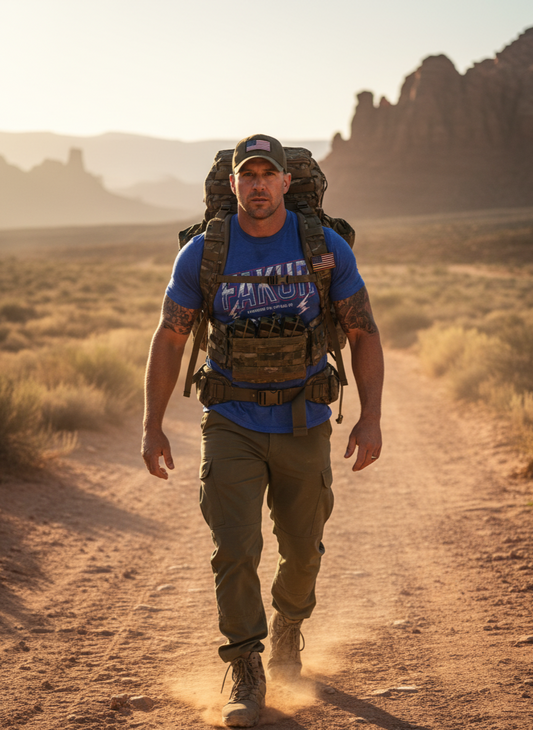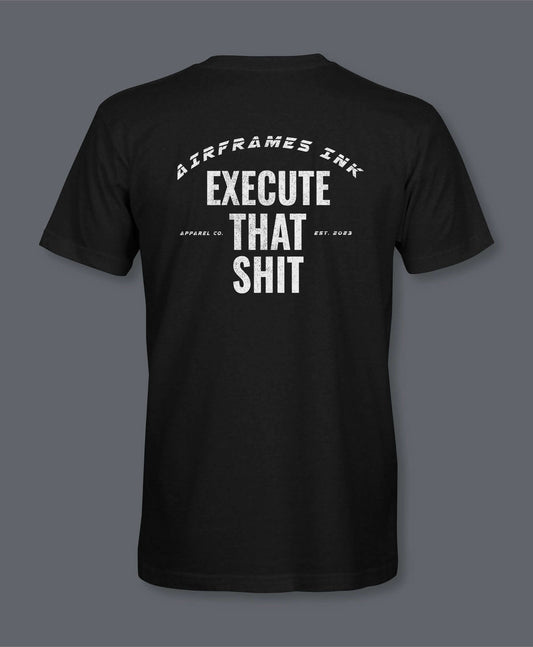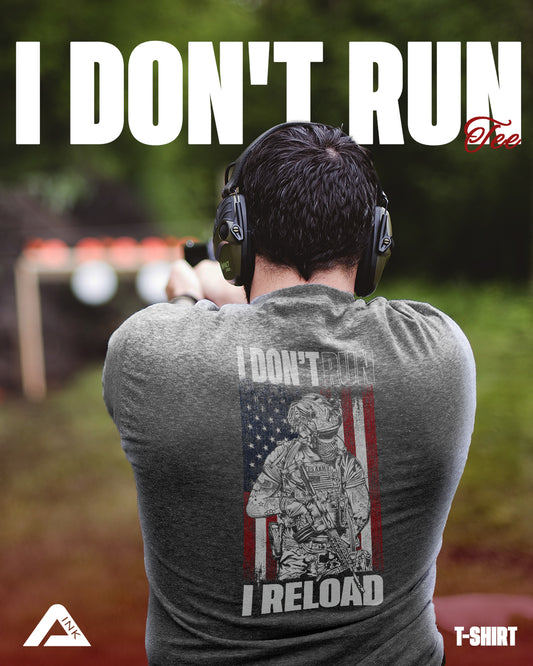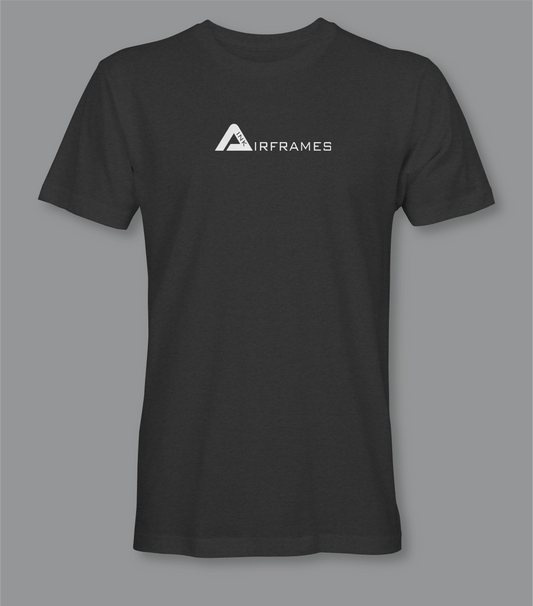Cultural Icons and Fashion: How Popular Culture Influences Our Wardrobe Choices
Trent WeilandShare
Introduction
Fashion is not just a means of covering the body but a vibrant language that speaks volumes about the era, the societal norms, and, importantly, the icons that shape these norms. Cultural icons—be they from music, film, politics, or sport—have a profound influence on what we wear, how we wear it, and what it says about us as a society.
The Power of Pop Culture in Fashion
Pop culture serves as a mirror reflecting the dynamic changes in societal values and aspirations. Each era’s style icons leave an indelible mark on fashion, altering perceptions and setting trends that ripple through time.
Icons That Transformed Fashion
- The 1960s and The Beatles: The mop-top hairstyle and sharp suits synonymous with The Beatles not only defined a generation but also influenced the androgynous fashion trends that followed.
- Madonna in the 1980s: Known for her daring ensembles, Madonna pushed the boundaries of mainstream fashion, popularizing lace gloves, crucifix necklaces, and layered bracelets.
- Michael Jordan in the 1990s: Air Jordans and baggy shorts became more than sportswear; they were statements of style and aspiration, blending the worlds of sport and casual fashion.
Impact of Fashion on Identity and Empowerment
Fashion serves as a tool for self-expression and empowerment. Wearing items associated with cultural icons can evoke a sense of belonging or rebellion, resonating with personal and collective identities.
Fashion's Reflection of Societal Shifts
Trends in fashion often highlight broader societal issues and shifts. For instance, the rugged look of tactical wear and camouflage, often seen in lines such as Black Rifle or Nine Line, reflects a growing appreciation for military aesthetics, blending functionality with fashion.
How Fashion Adapts to Cultural Shifts
- Post-9/11 Fashion: Post-9/11, fashion saw a surge in patriotic themes, with phrases like "Never Forget" becoming part of the everyday lexicon, influencing both design and consumer choices in the fashion industry.
- Eco-conscious Movement: With a growing awareness of sustainability, brands that align with eco-friendly practices, like using moisture-wicking shirts made from recycled materials, resonate well with a more environmentally conscious consumer base.
Bullet List: The Undercurrents of Fashion Evolution
- Technological Innovations: The rise of digital print technology and AI in design.
- Social Media Influence: How platforms like Instagram dictate trends through influencer culture.
- Globalization: The fusion of Eastern and Western fashion aesthetics.
The Psychological Impact
Clothing is deeply intertwined with the psychological concept of the "self". Wearing brands that align with personal values or cultural icons can enhance an individual’s confidence and sense of identity. This is particularly significant in apparel that features patriotic or empowering symbols, as seen in veteran-supportive brands like Airframes Ink Apparel Co.
Conclusion from Linked Research
According to the International Institute of Art and Design, pop culture continues to shape fashion trends, reflecting the values, aspirations, and issues of society. As we move forward, the intersection of pop culture and fashion is likely to grow even stronger, marking an exciting future for the world of fashion.
Final Thoughts
The interplay between cultural icons and fashion is not merely about aesthetics but is a complex dialogue that reflects and sometimes challenges societal norms. By understanding this dynamic, we can appreciate fashion as more than just clothing; it is a cultural statement, a form of self-expression, and a field of immense creativity and influence.







